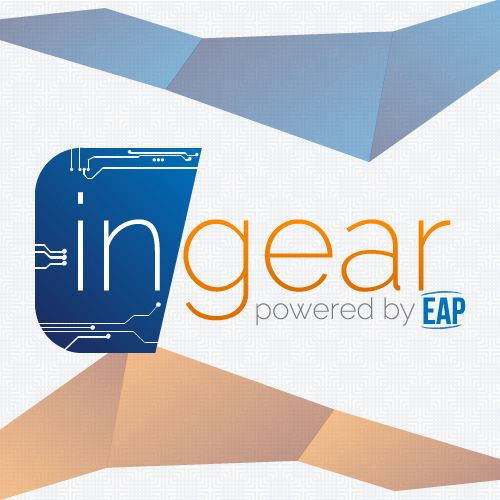Differences
This shows you the differences between two versions of the page.
|
eap:laboratoare:01 [2024/07/15 19:22] jan.vaduva [GPIO configuration] |
eap:laboratoare:01 [2024/07/17 11:51] (current) jan.vaduva |
||
|---|---|---|---|
| Line 1: | Line 1: | ||
| - | ===== Intro to Raspberry Pico ===== | + | ===== Intro to RP2040 ===== |
| ==== Microcontroller ==== | ==== Microcontroller ==== | ||
| Line 128: | Line 128: | ||
| - **SIO** - that controls the interior MCU's pins. This is the peripheral that developers use to read and write the value of the pins. | - **SIO** - that controls the interior MCU's pins. This is the peripheral that developers use to read and write the value of the pins. | ||
| - | {{ :eap:laboratoare:marble-pico-pinout.png|Marble Pico board}} | + | {{ :eap:laboratoare:marble-pico-pinout.png?nolink&600 |Marble Pico board}} |
| + | [[https://github.com/GroundStudio/GroundStudio_Marble_Pico/blob/main/Documentation/REV0.0.3/RLJDMV_GS%20REV0.0.3%20GroundStudio%20Marble%20Pico%20Pinout%20REV%201.1.pdf | Marble Pico pinout]] | ||
| ==== Wowki simulator ==== | ==== Wowki simulator ==== | ||
| Wokwi is a web-based platform that allows you to simulate and prototype electronic circuits with microcontrollers. It provides a visual interface where you can drag and drop components, connect them with virtual wires, and write code to control their behavior. Wokwi currently supports popular microcontroller boards like: | Wokwi is a web-based platform that allows you to simulate and prototype electronic circuits with microcontrollers. It provides a visual interface where you can drag and drop components, connect them with virtual wires, and write code to control their behavior. Wokwi currently supports popular microcontroller boards like: | ||
| Line 138: | Line 139: | ||
| ==== Exercises ==== | ==== Exercises ==== | ||
| - Create a program in Wowki to blink an LED connected to a Raspberry Pi Pico (RP2040) microcontroller. | - Create a program in Wowki to blink an LED connected to a Raspberry Pi Pico (RP2040) microcontroller. | ||
| + | * [[https://wokwi.com/projects/403560205017402369|You can start from this template project]] | ||
| - Design and implement a program for a Raspberry Pi Pico (RP2040) microcontroller that increments a counter from 0 to 9 and displays the current count on an 7-segment display. The program should also include a reset button that, when pressed, resets the counter back to 0. | - Design and implement a program for a Raspberry Pi Pico (RP2040) microcontroller that increments a counter from 0 to 9 and displays the current count on an 7-segment display. The program should also include a reset button that, when pressed, resets the counter back to 0. | ||
| - | - Write a program for a Raspberry Pi Pico to communicate with another device via UART. The program will set up the UART with desired settings, send a predefined message, receive incoming data, and process it (like printing or storing). | + | * [[https://wokwi.com/projects/403561096139405313|Use this as starting project]] |
| ==== References ==== | ==== References ==== | ||
| Line 146: | Line 148: | ||
| - [[https://datasheets.raspberrypi.com/pico/pico-datasheet.pdf|Raspberry Pi Pico datasheet]] | - [[https://datasheets.raspberrypi.com/pico/pico-datasheet.pdf|Raspberry Pi Pico datasheet]] | ||
| - [[https://www.raspberrypi.com/documentation/microcontrollers/c_sdk.html|Pico-SDK]] | - [[https://www.raspberrypi.com/documentation/microcontrollers/c_sdk.html|Pico-SDK]] | ||
| + | - [[https://www.raspberrypi.com/documentation/pico-sdk/hardware.html#ga71d35b29e897b9bb4fc881b587b08cab|Pico-SDK Documentation]] | ||

